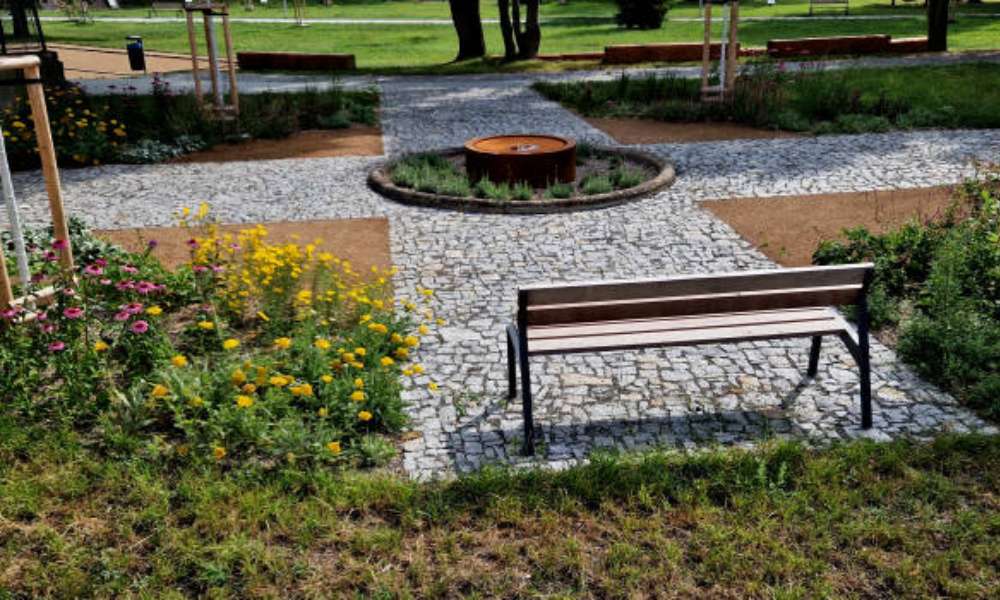Transforming your outdoor space into a picturesque oasis is a rewarding endeavor, and one way to achieve this is by incorporating rock landscaping into your design. Whether you’re looking to create a serene garden retreat, enhance your curb appeal, or reduce maintenance, stone landscaping offers a versatile and enduring solution. This guide will take you through the essential steps and considerations to successfully install rock landscaping, ensuring that your outdoor environment becomes a harmonious blend of nature’s beauty and human craftsmanship. So, roll up your sleeves and get ready to embark on a journey of creativity and transformation in your own backyard.
What Materials Do I Need To Install Rock Landscaping?
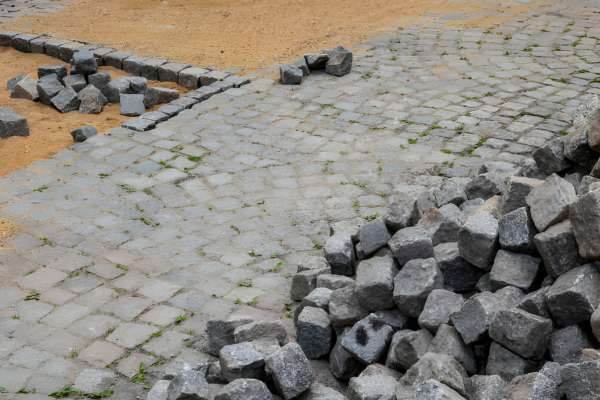
To install rock landscaping, you will need a few essential materials to get started. Firstly, you will need the rocks themselves, which can vary in size and type depending on your preference and the design of your landscape. Additionally, you will need landscape fabric to prevent weed growth and promote drainage underneath the rocks. A shovel and rake will be necessary for digging and leveling the area where you plan to place the gravels.
How Do I Prepare The Area For Rock Landscaping?
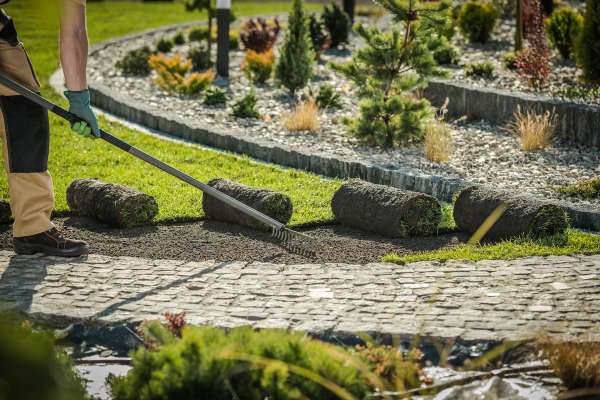
Preparing the area for rock landscaping involves several key steps. First, clear the area of any existing vegetation, debris, or obstacles to create a clean and level surface. This may involve removing grass, weeds, and other plants, as well as any gravel or large objects that could interfere with the rock installation. Next, consider adding a weed barrier or landscaping fabric to prevent unwanted plant growth and maintain the integrity of the gravel design. Finally, ensure proper drainage by grading the area away from buildings and creating a base layer of crushed stone or gravel to promote water runoff.
Can I Install Rock Landscaping On A Sloped Surface?
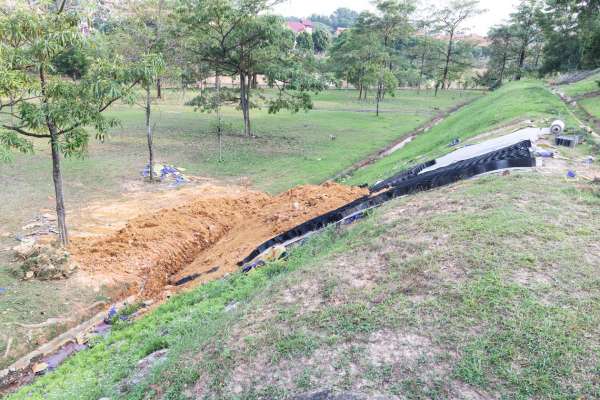
Yes, you can install stone landscaping on a sloped surface, but it may require some additional planning and preparation. When working with a sloped surface, it’s important to consider erosion control and drainage to prevent the rocks from shifting or washing away during heavy rain. You may need to use retaining walls, terracing, or geotextiles to help stabilize the rocks and prevent them from sliding down the slope.
Adding Decorative Elements
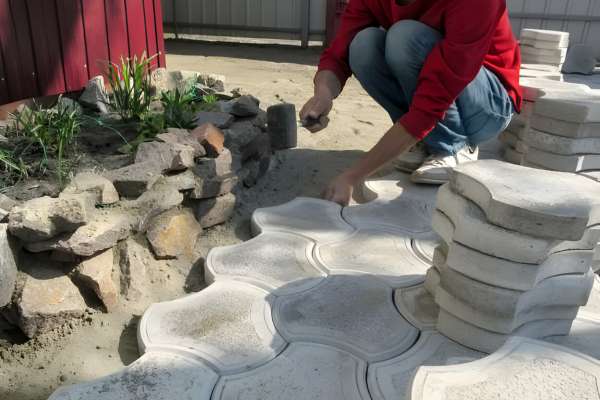
T installing stone landscaping, adding decorative elements can significantly enhance the overall appeal of your outdoor space. Incorporating decorative rocks, such as river rocks or colored stones, can bring a splash of color and texture to your design. These decorative elements not only break up the monotony of larger rocks but also create eye-catching focal points. Additionally, consider adding ornamental features like statues, garden ornaments, or even strategically placed potted plants among the gravels to add a touch of personality to your landscaping.
Characterize Your Goals And Vision

Before you start your stone landscaping project, it’s essential to characterize your goals and vision. Consider what you want to achieve with your outdoor space. Are you looking for a low-maintenance garden, a pathway through your yard, or perhaps a retaining wall to define different areas? By having a clear vision, you can tailor your gravel landscaping project to meet your specific needs and preferences.
Selecting Appropriate Plants And Herbage
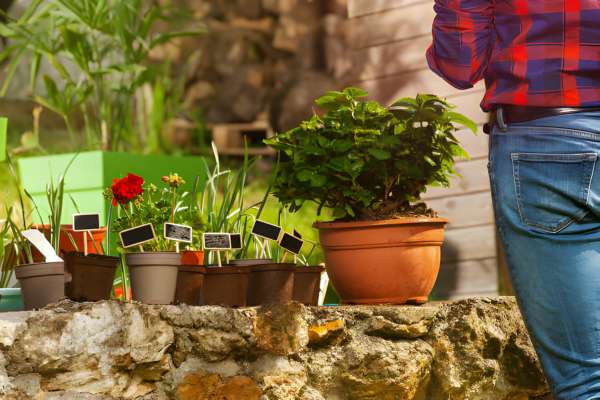
Rock landscaping primarily focuses on using stones and rocks for aesthetics, it’s important to consider the role of plants and herbage. Choose plants that thrive in your local climate and complement the rocks you plan to use. Drought-resistant and native plants are often excellent choices for gravel gardens. These plants not only add beauty but also help conserve water and reduce maintenance efforts.
Marking Boundaries And Stone Pathways
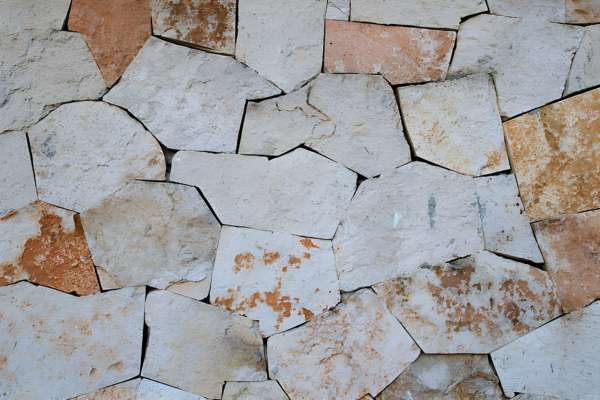
Stone pathways not only add functionality to your rock garden but also contribute to its visual appeal. When creating pathways, consider using stones that match the overall theme and style of your landscape. Additionally, mark boundaries and define different areas of your garden with carefully placed rocks and landscaping elements to create a cohesive and inviting space.
Building Retaining Walls For Rock Landscaping
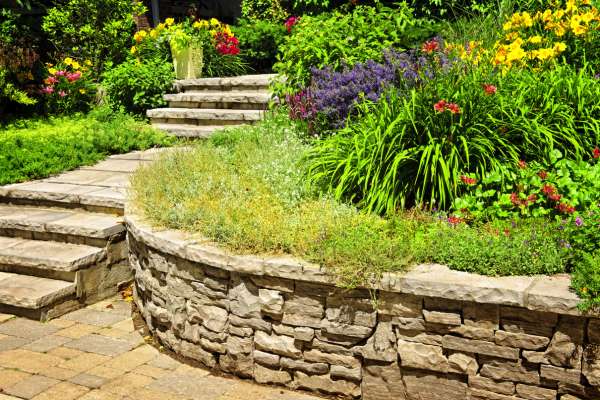
Retaining walls can be an essential part of your stone landscaping project, especially if you have uneven terrain or want to create distinct levels within your garden. When building retaining walls, it’s crucial to use the right materials and techniques to ensure stability and longevity. Properly constructed retaining walls not only serve a functional purpose but also add visual interest to your landscape.
Prevent Tripping
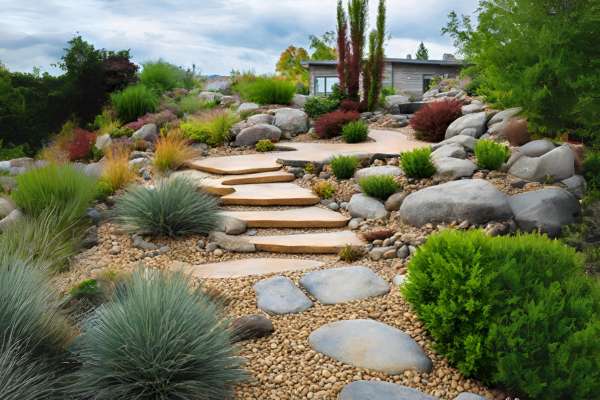
Safety is a paramount consideration in stone landscaping. Ensure that your pathways and rock features are designed to prevent tripping hazards. Smooth, even surfaces and well-placed lighting can help create a safe environment for walking in your gravel garden, particularly in the evening.
Assess Your Space And Fabric Design
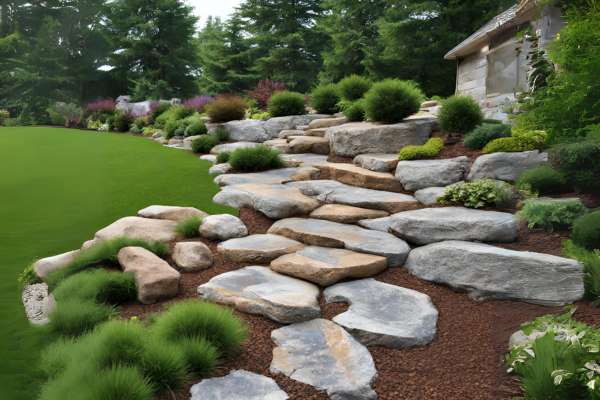
Assessing your space is essential when designing fabric for weed prevention in rock landscaping. Consider the size and shape of the area to determine how much fabric is needed for full coverage. Opt for high-quality woven geotextile fabric that is durable and resistant to tearing, ensuring long-lasting weed control efficiency.
Tree Plant Wisely In The Modify Area
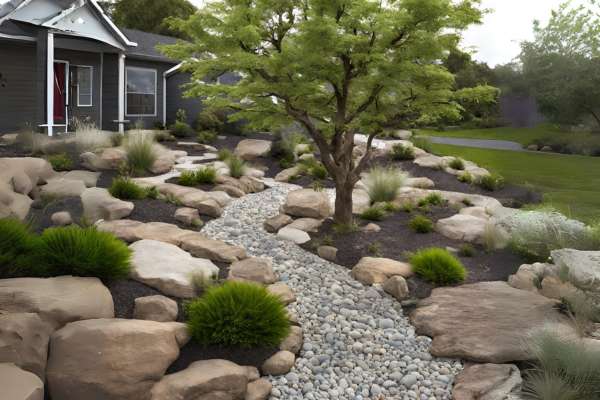
To incorporate trees into your stone landscaping project, choose their placement wisely. Trees can provide shade and enhance the beauty of your garden, but their roots can also disrupt rocks and pathways. Select tree species with non-invasive root systems, and ensure proper spacing to avoid potential conflicts with your rock features.
Drainage And Safety Considerations
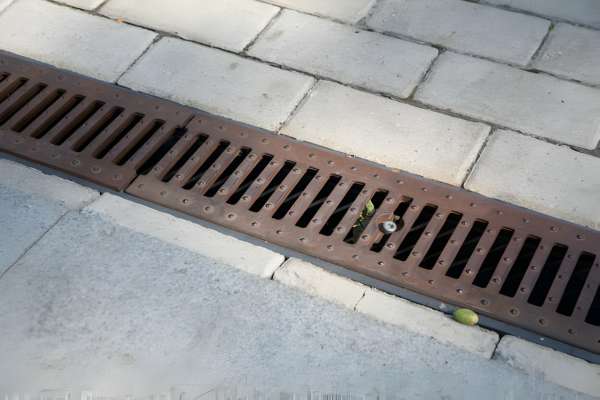
Proper drainage is vital to prevent water from pooling in your rock garden and causing erosion. Incorporate drainage solutions, such as gravel or perforated pipes, into the design to direct excess water away from your landscaping. Additionally, pay attention to safety by ensuring that rocks are securely positioned and won’t shift or become unstable over time.
Drought-Resistant Planting In Rock Crevices
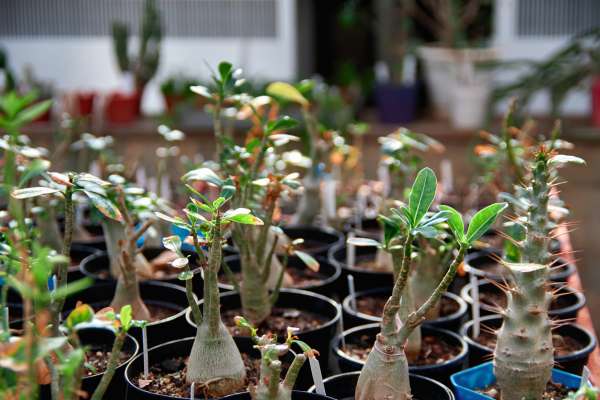
To maximize the efficiency of your rock landscaping, consider planting drought-resistant plants in the crevices between rocks. These plants can thrive in the dry conditions often associated with gravel gardens. Succulents, alpine plants, and creeping ground covers are great options for filling the gaps and adding texture and color to your rock landscape.
Irrigation Systems For Rock Nursery
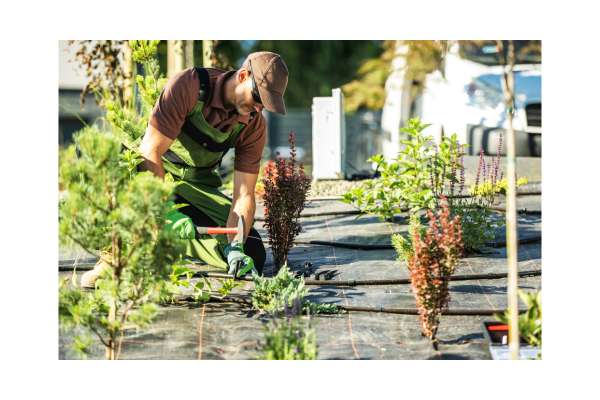
Efficient irrigation is crucial for maintaining the health and beauty of your stone landscaping. Installing a suitable irrigation system ensures that your plants receive the right amount of water without wasting resources. Drip irrigation is an excellent choice for gravel gardens, as it delivers water directly to the roots, minimizing water loss and preventing weed growth.
Handling Weed Problem
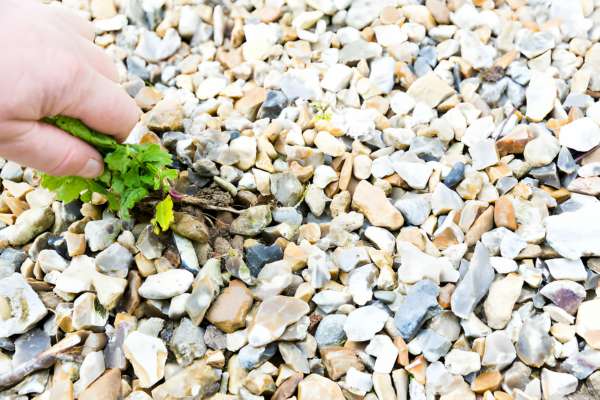
Weeds can be a persistent issue in any garden, and stone landscaping is no exception. To prevent weeds from taking over your rock garden, consider using landscape fabric or weed barriers underneath the rocks. Regularly inspect your garden and remove any weeds that may emerge to keep your landscape looking pristine.
Mulch Options For Rock Landscaping
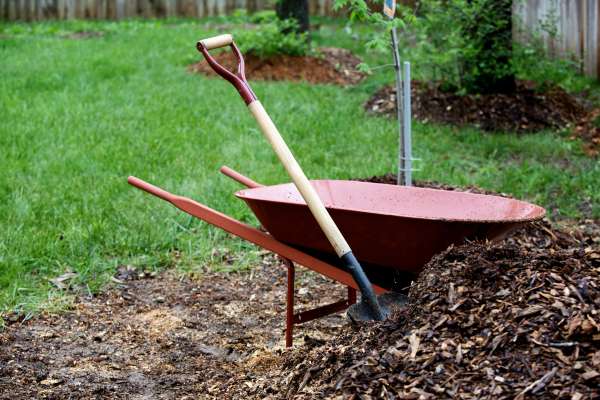
Mulch can be a useful addition to your stone landscaping project. It not only helps to suppress weeds but also conserves moisture and regulates soil temperature. Organic mulches, such as wood chips or bark, can provide a natural look, while gravel or crushed stone mulch can enhance the overall aesthetic of your gravel garden.
Conclusion
In conclusion, creating a stunning rock landscaping project can be a rewarding endeavor that enhances the aesthetic appeal and functionality of your outdoor space. By following the step-by-step instructions provided in this guide, you can successfully install rock landscaping that not only adds beauty but also reduces maintenance requirements. Remember to plan carefully, choose the right rocks and materials, and consider the overall design to achieve the desired results. Whether you’re looking to transform your garden, create a pathway, or build a retaining wall, gravel landscaping offers durability and timeless charm. So, roll up your sleeves, gather your tools, and get started on your rock landscaping project today. With a little effort and creativity, you’ll have a picturesque outdoor space that you can enjoy for years to come.
